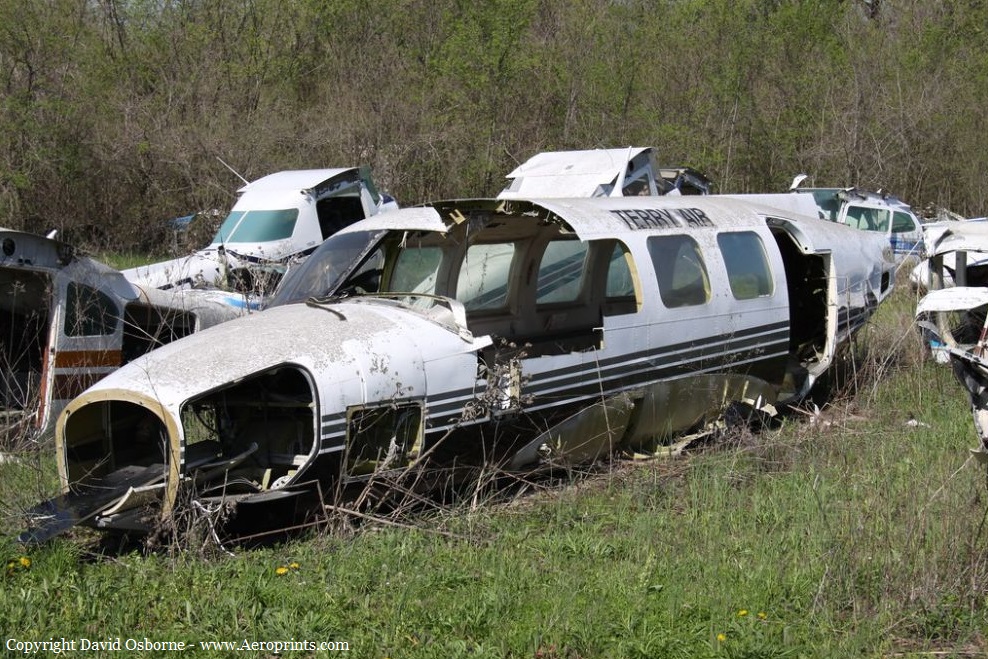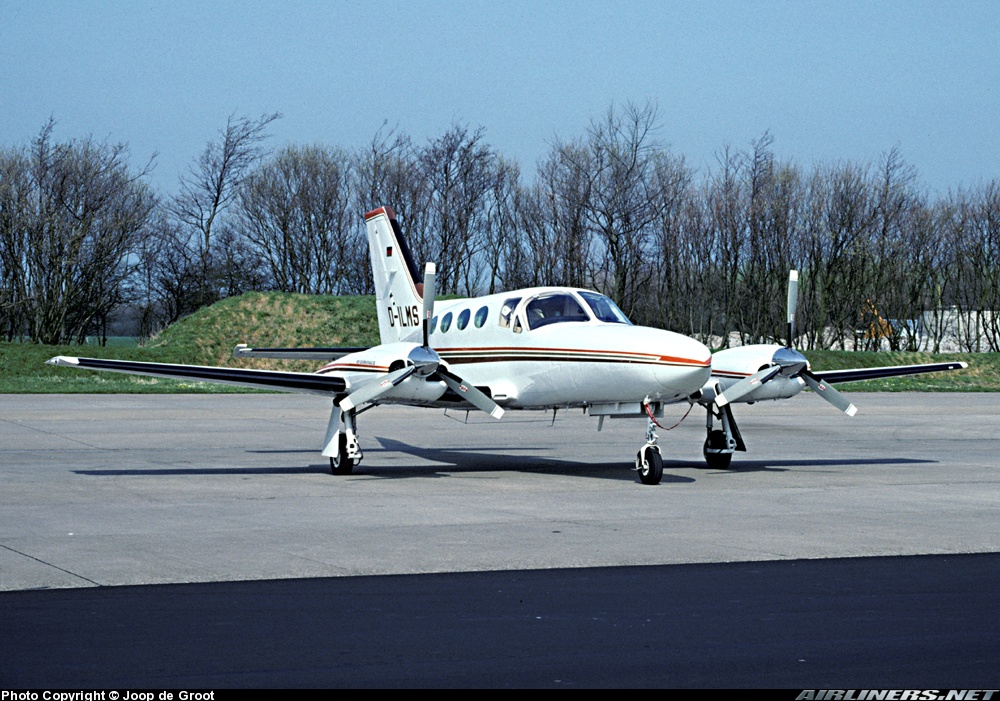Crash of a Cessna 401A in the Pacific Ocean: 2 killed
Date & Time:
May 9, 2000
Registration:
CC-CBX
Survivors:
No
Schedule:
Santiago - Robinson Crusoe Island
MSN:
401A-0121
YOM:
1969
Crew on board:
2
Crew fatalities:
Pax on board:
0
Pax fatalities:
Other fatalities:
Total fatalities:
2
Circumstances:
En route from Santiago-Los Cerrillos Airport to Robinson Crusoe Island, the twin engine airplane crashed in unknown circumstances in the Pacific Ocean. Both pilots were killed.
Crew:
Luis Bochetti Melo,
Luis Bochetti del Canto.
Crew:
Luis Bochetti Melo,
Luis Bochetti del Canto.






